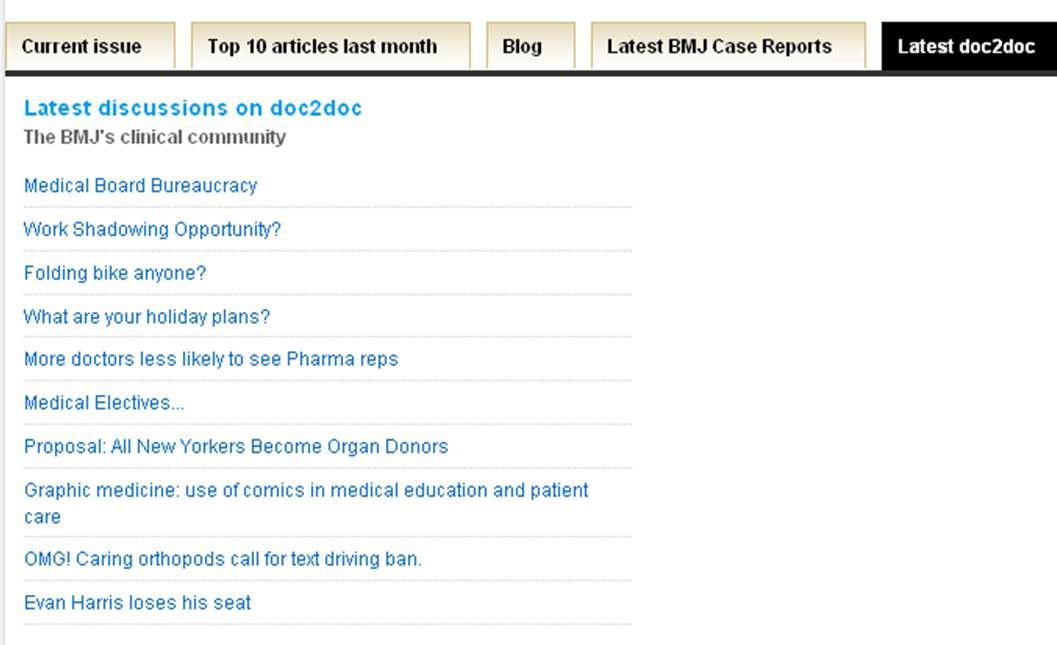“Publishing articles without making the data available is scientific malpractice”
24 May, 13 | by BMJ
This week has seen a flurry of activity on Twitter owing to a series of separate but related events highlighting trends in scholarly communication and research data. The fun kicked off with Wednesday’s ‘Now and Future of Data Publishing’ event organised by the Jisc Managing Research Data programme. It was followed on Thursday by the ORCID Outreach Meeting, Getting Credit for Your Work: A Symposium on Research Attribution (jointly organised by Dryad and ORCID) and concludes with today’s Dryad Membership Meeting.
An obvious but important message that underpinned discussions on all three days was the importance of sharing data. On the first morning, Simon Hodson of Jisc quoted Geoffrey Boulton of the Royal Society (who have made sharing data a condition of publication): “Publishing articles without making the data available is scientific malpractice.” This is an extreme but not uncommon view.
Trish Groves, deputy editor of the BMJ, recently wrote a summary of recent and future developments around sharing clinical data. The big news our end is that we now require authors of drug and devices trials to deposit their anonymised patient level data—on reasonable request. However, our interest in data publication started back in 2009 when we first incorporated data sharing statements into all BMJ research papers. More recently, we have encouraged our authors to deposit their data in Dryad and the first article to link through to a Dryad dataset was published by BMJ Open in 2011. We now have just under 40 papers with links to datasets on Dryad. more…

